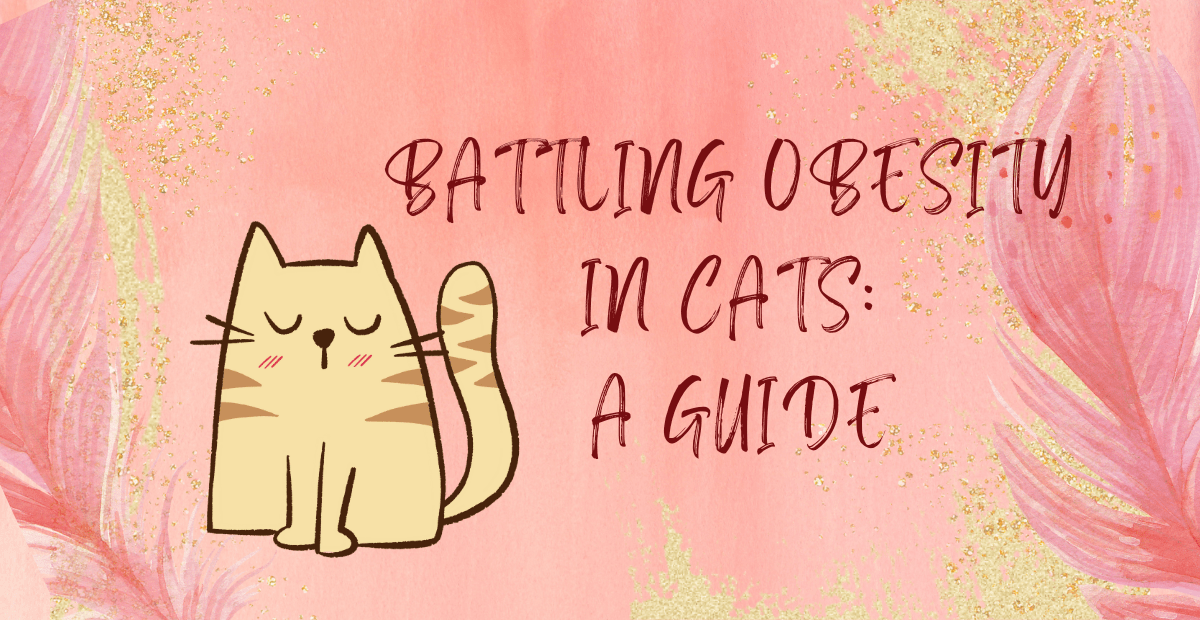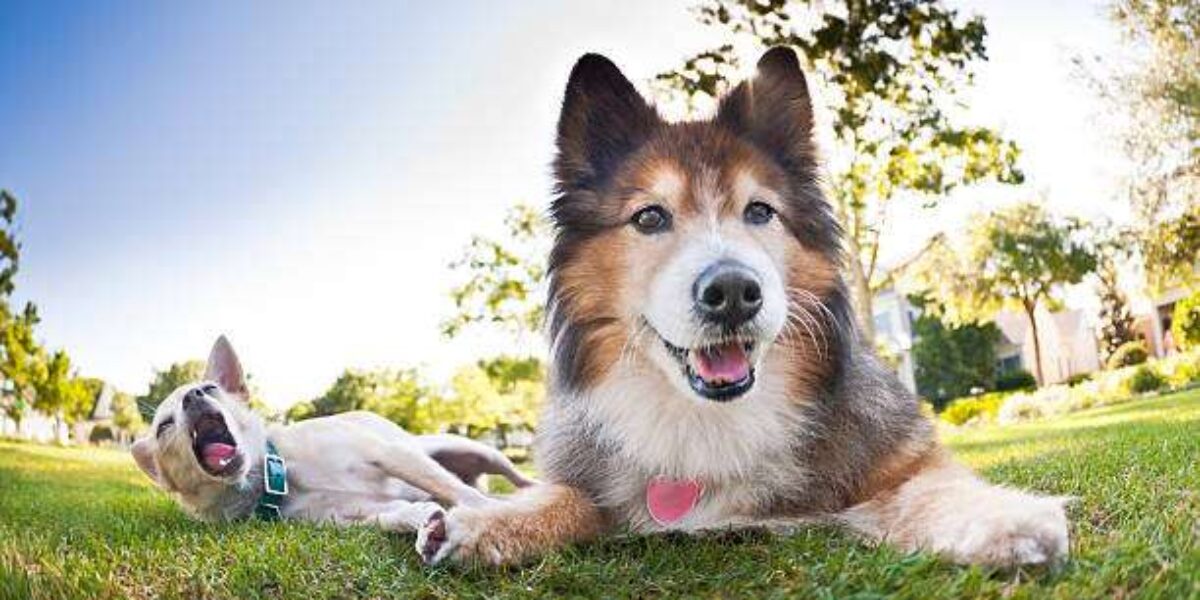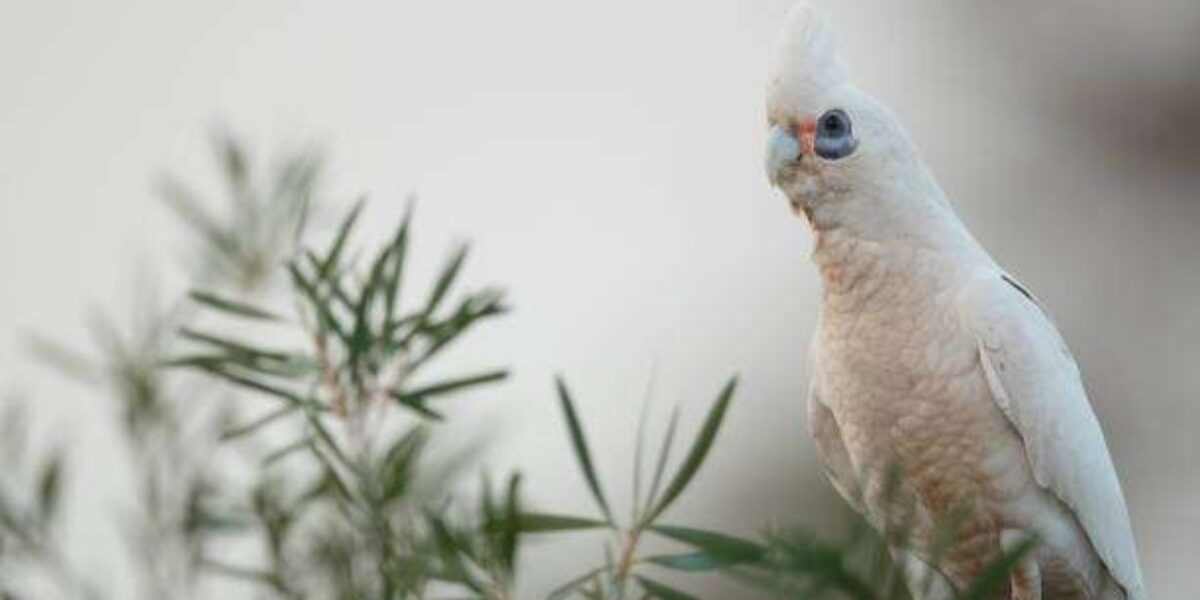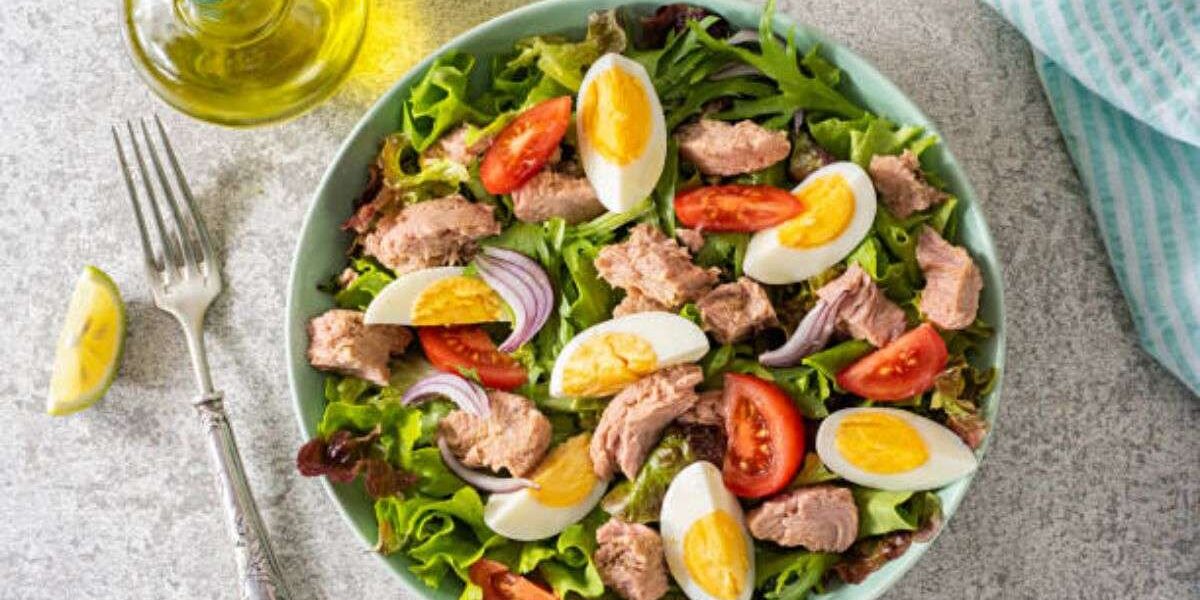Last updated on January 26th, 2024 at 05:57 am
Obesity in cats is thought to be a growing issue nowadays. According to Kopelman (2000) the definition of obesity, it is “a disease in which excess body weight has accumulated to the point where health is adversely affected.”
It is not surprising that many people believe obesity to be the second most prevalent health issue affecting cats in industrialised nations, given that recent research estimate that 16–63% of cats in the westernized globe are overweight or obese. In the United States, the number increases up to 60%.
This article will provide you with all the information regarding feline obesity, its risk and management.
Conditions associated with obesity in cats
Obesity in cats is connected to a number of co-morbidities in cats, including
- Diabetes mellitus
- Hepatic lipidosis
- Hypertension
- Gastrointestinal disease
- Neoplasia
- Musculoskeletal disease
- Oral ailments
- Ophthalmological disorders
- Skin conditions
- Conditions involving the upper and lower urinary tract
Obesity is linked to a shorter life expectancy and a higher prevalence of some types of cancer in humans, cats, and dogs. So, one of the biggest issues with animal welfare is obesity.
Factors that make cats more probable to become obese
Studies that examine the factors that may lead to feline obesity fall into two categories. Breed, sex, and age are examples of intrinsic or host-related risk factors that focus on the cats themselves, while extrinsic or environment-related risk factors look at factors unrelated to the cat. In summary, multiple studies have shown that middle age, mixed breeds, neutered cats, and male sex are associated with an increased frequency of obesity. The strongest research suggests that serving sweets or table scraps and serving dry meals are intrinsic risk factors.
Breed
- Obese cats are more likely to be domestic short hair, long hair and medium hair, Manx, or mixed breed cats.
- Domestic cats had a higher chance of being overweight than purebred cats.
- Different breeds, such as Birman, Persian, Cornish rex, Abyssinian, and sphynx, had higher obesity than others, such as British shorthair, Maine coon, and Norwegian forest cat.
Age
- At around 2 to 3 years old, the prevalence of obesity rises, peaks between 5 and 11 years old, and then tends to decrease as cats age.
Sex
- A higher prevalence of obesity in male cats and cats who have been spayed or neutered suggests that gender and reproductive status may influence the risk of developing obesity.
- Male cats were more likely to be overweight than female cats.
Dietary factors
- Cats given canned food ad libitum had a higher mean overweight than cats given canned food as part of a meal.
- Becoming described as a “greedy eater” was also linked to becoming overweight when compared to cats that graze (ideally eat multiple times per day).
- Cats who ate mostly dry food were more likely to be overweight than cats who ate mostly wet food.
Environmental factors
- A number of environmental factors, including as indoor living, a sedentary or inactive lifestyle, living in a home with just one or two cats, and not having a dog appear to be linked to the development of feline obesity.
- When compared to cats with a normal activity level, inactive cats were more likely to be overweight.
Obesity in Cats: Signs and Symptoms
You may observe a few of the following symptoms if your cat is overweight:
Mechanical effects of obesity in cat
Mechanical impacts of fat deposition and increased body weight may cause greater stress on joints and muscles, and compromised respiratory function in cats. According to a study from the USA, obese cats had a 4.9-fold increased risk of developing lameness that required veterinarian attention. Additionally, young, fat, neutered male cats appear to have a higher incidence of spontaneous capital physeal fractures and metaphyseal osteopathy of the femoral neck.
Evaluation of cat obesity
The evaluation of body composition is crucial for managing the dietary aspects of obesity since it helps to establish the appropriate body weight and energy needs. There are numerous suggested ways to assess feline obesity.
Body weight
The benefit of weighing a person is that it is a straightforward, repeatable, and objective assessment that doesn’t require specialised knowledge or expensive equipment to carry it. However, ideal body weight differs depending on conformation, and body weight by itself does not reveal anything about body composition.
Body condition and muscle mass scoring systems
Body condition scoring systems (BCS) are practical, semi-quantitative techniques that enable determination of the proportion of body fat through visual evaluation of body shape and probing of adipose tissue. The most popular scales are the 5-point and 9-point scales, although clinical practitioners may favour one over the other depending on their own preferences. A patient with a BCS of 1 is considered to be extremely thin, whereas those with scores of 5 or 9 are considered to be obese. A patient with an ideal body weight is one who is a “3” (5-point system), “4”, or “5” (9-point system). For the 5-point system, each point above or below 3 corresponds to 20–30% over- or underweight, while for the 9–point system, each point above or below 5 corresponds to 10-15% over- or underweight.
The owners should receive instruction on how to use the BCS system to improve the likelihood of spotting early signs of obesity. Increased owner motivation during a weight-loss programmed may also result from more understanding of BCS.
Dual-energy X-ray absorptiometry
Lean mass, fat mass, and bone mineral content can all be calculated using dual-energy X-ray absorptiometry (DEXA) equipment. It has been demonstrated that DEXA results and chemical assessments of body composition in cats and dogs correlate well.
Morphometric analysis
An easy and non-invasive method to estimate body composition is morphometric analysis, which is based on measuring certain body areas with a tape measure.
Ultrasonography
Through assessment of the thickness of the subcutaneous fat layer, ultrasonography can be used to track changes in body composition.
Management of obesity in cats
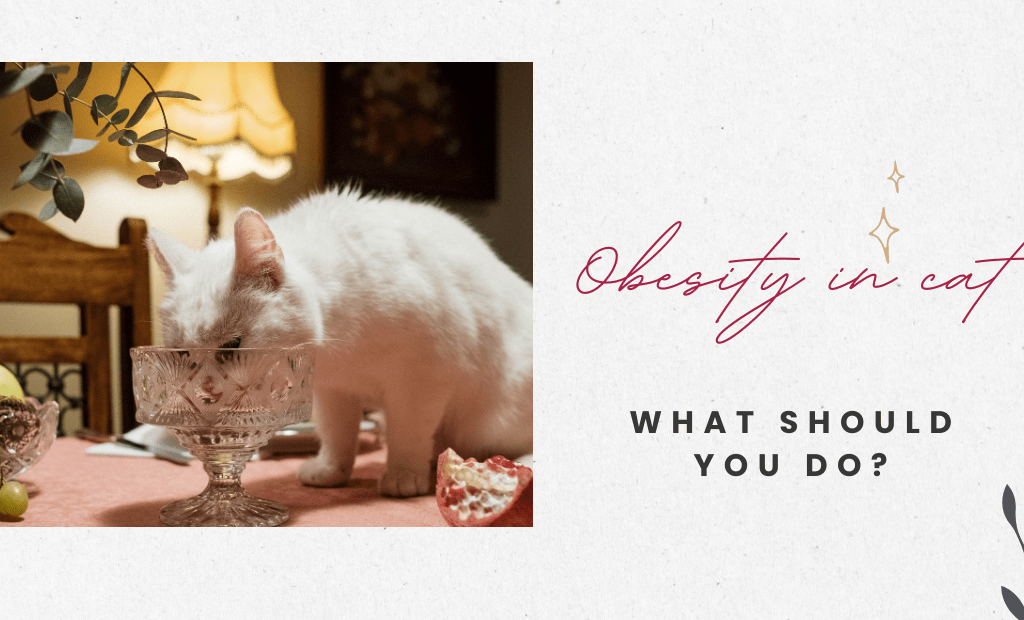
Dietary manipulation
Protein-rich diet:
The majority of cat diets for weight loss include higher protein, lower fat, low to moderate carbohydrate, and higher insoluble fibre content. High-protein diets are frequently advised and, when compared to moderate-protein diets, may reduce the loss of lean mass. The cat’s diet must contain at least 5 g of protein per kg TBW each day.
Consider using canned food:
Changing to canned food for your cat if you are currently giving it dry kibble may be a good option. When trying to wean your feline friend away from free feeding, canned food is a wonderful option because it emphasizes “meal feeding.” Additionally, compared to kibble, canned food often has higher protein levels and lower carbohydrate levels, making it a healthier choice that is less likely to cause your cat to gain weight.
Chromium:
It has been demonstrated that adding extra chromium to the diet can help cats maintain more lean body mass while losing fat.
Carnitine:
It has been proven that carnitine, a co-factor of fatty acid metabolism, helps to maintain lean body mass when someone loses weight. Carnitine administration during a weight loss programmed in obese cats enhanced the rate of fatty acid oxidation and sped up weight loss, perhaps via boosting energy utilization.
Treats
Treats are an element of a pet’s diet that is equally crucial. Therefore, veterinarians will frequently try to incorporate some goodies in a weight loss regimen. Treats should not make up more than 10% of a pet’s daily caloric intake, even if any treat is normally OK. Since most treats aren’t full-fledged, balanced meals, this reduces the risk of developing a nutrient shortage.
Exercise
Playing or walking with your pet is another technique to make them feel more valued. This has the additional advantage of giving the pet the much-needed activity they require to lose weight, which helps with fat burning and increases muscular mass.
In cats kept by pet owners, obesity is typical and raises the risk of numerous illnesses. The focus of weight-loss programmed should be on preventing the onset of obesity, and they demand constant owner interest.
References
Jacquie S. Rand. World Small Animal Veterinary Association World Congress Proceedings, 2004.
O’Connell, E. M., Williams, M., Holden, S. L., Biourge, V., & German, A. J. (2018). Factors associated with overweight cats successfully completing a diet-based weight loss programme: an observational study. BMC veterinary research, 14, 1-9.
Öhlund, M., Palmgren, M., & Holst, B. S. (2018). Overweight in adult cats: a cross-sectional study. Acta Veterinaria Scandinavica, 60(1), 1-10. https://link.springer.com/article/10.1186/s12917-018-1740-5 https://link.springer.com/article/10.1186/s12917-018-1740-5
Tarkosova, D., Story, M. M., Rand, J. S., & Svoboda, M. (2016). Feline obesity–prevalence, risk factors, pathogenesis, associated conditions and assessment: a review. Veterinární medicína, 61(6), 295-307.
Teng, K. T., McGreevy, P. D., Toribio, J. A. L., & Dhand, N. K. (2020). Positive attitudes towards feline obesity are strongly associated with ownership of obese cats. Plos one, 15(6), e0234190.

